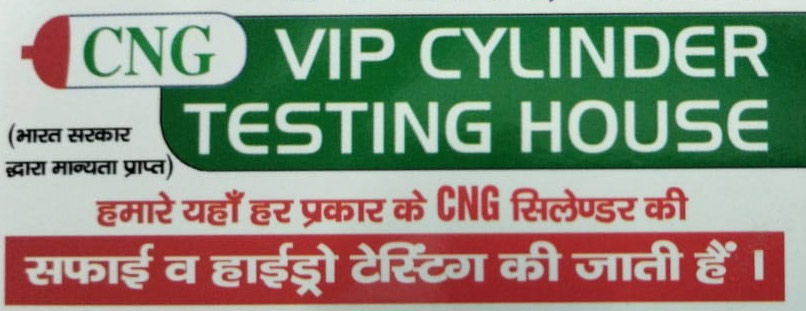Here is how a hydrostatic test for a gas cylinder typically works:
Filling with Water: The gas cylinder is filled with water, and all air bubbles are removed to ensure the cylinder is entirely filled with water. This is crucial to obtain accurate test results.
Sealing: The cylinder is sealed with a specialized closure or plug that allows for pressurization of the cylinder.
Pressurization: The filled cylinder is placed in a water-filled test chamber or tank. Pressure is gradually applied to the water inside the cylinder using a hydraulic pump or other pressure-generating equipment. The pressure is increased to a specified level, typically a percentage above the cylinders maximum working pressure. This pressure is held for a predetermined duration, usually for a set amount of time.
Inspection: During the pressurization, trained inspectors closely monitor the cylinder for signs of deformation, leakage, or other anomalies. They check for any visible signs of damage or stress on the cylinders walls.
Pressure Release: After the specified pressure-holding time, the pressure is gradually released from the cylinder.
Examination: The cylinder is carefully examined again for any signs of damage, including cracks, deformities, or permanent expansion.
Pass/Fail: If the cylinder returns to its original shape and shows no signs of leakage or structural damage, it passes the hydrostatic test and is considered safe for further use. If it fails the test, it is typically taken out of service and may require requalification or retirement, depending on the extent of the damage.









